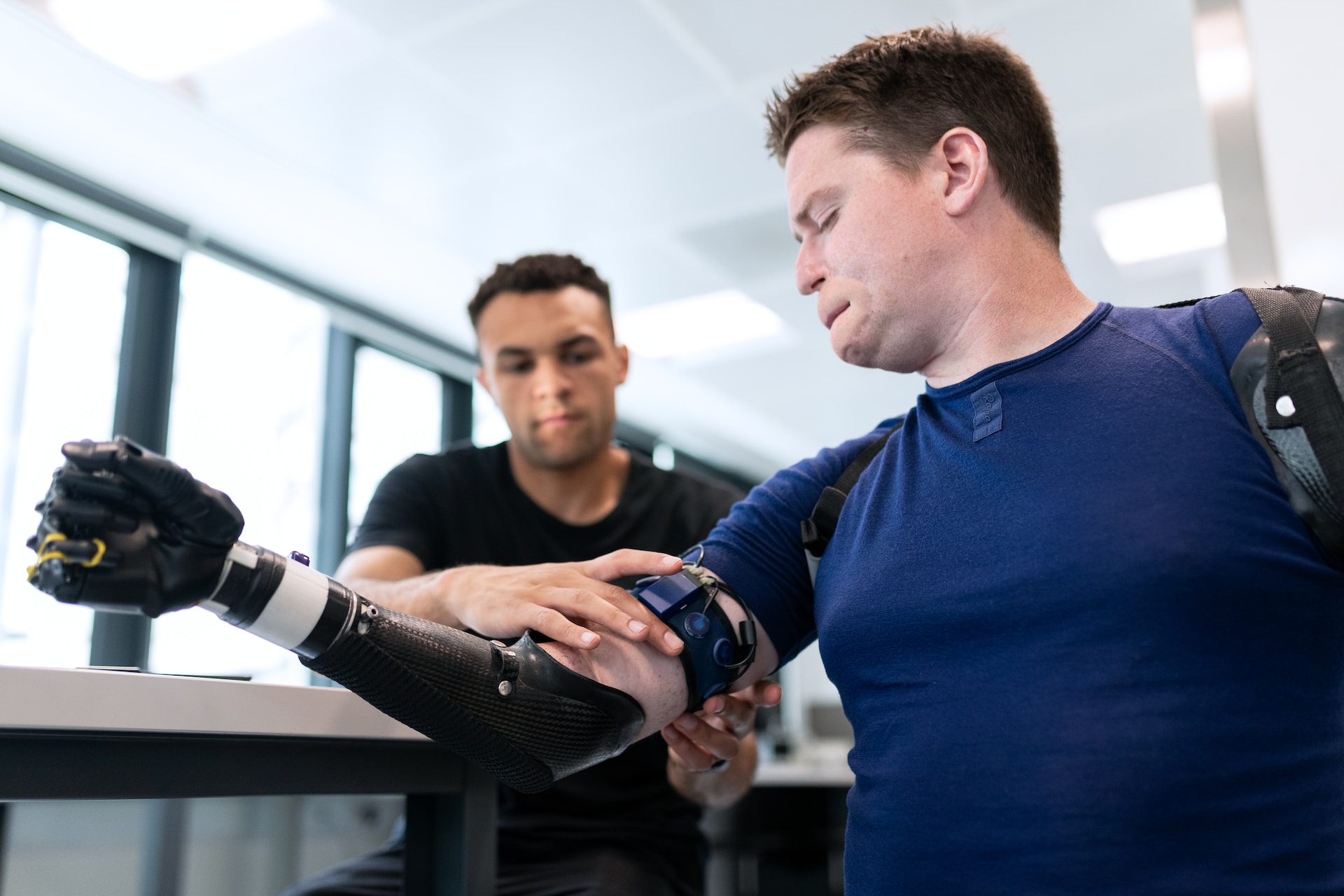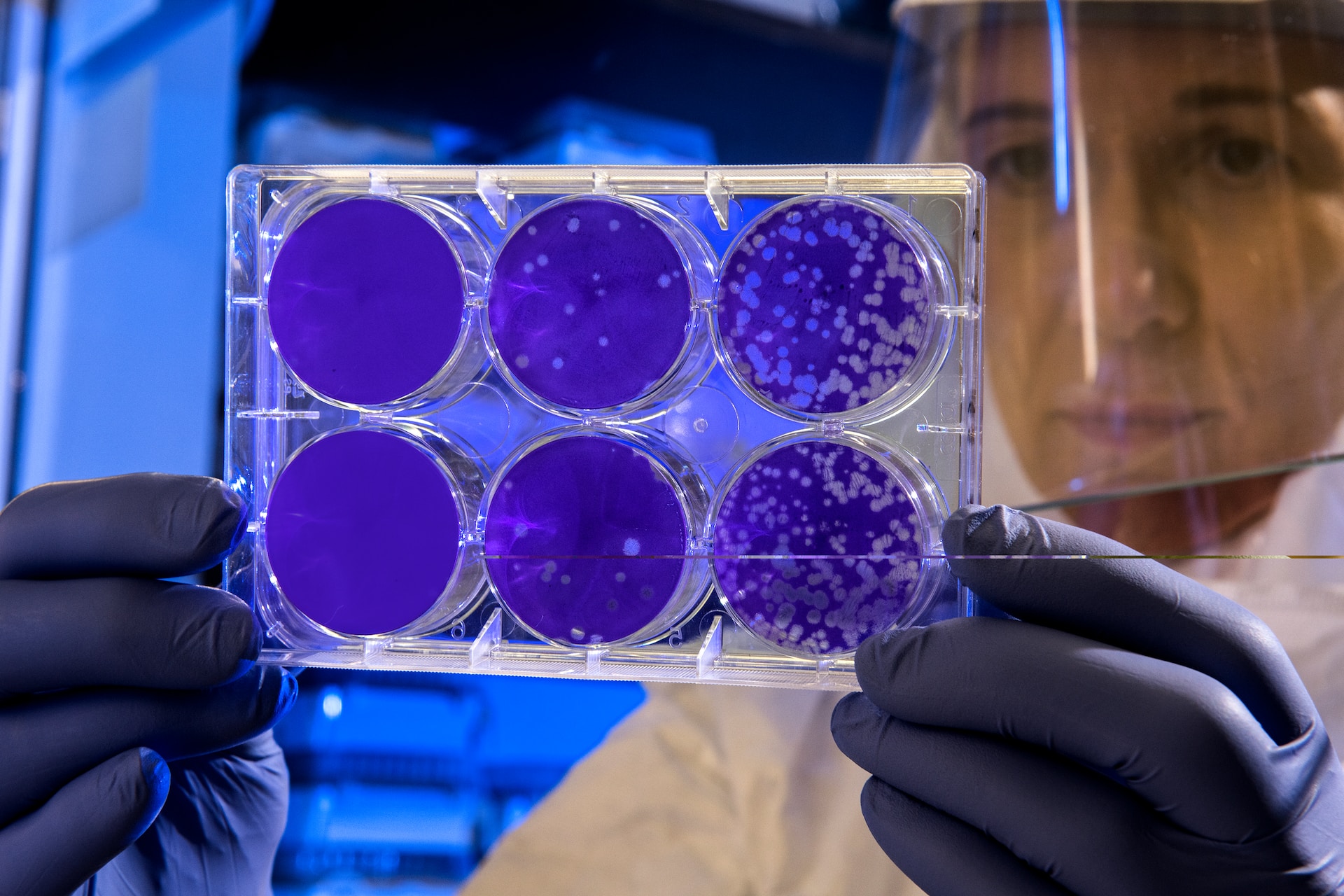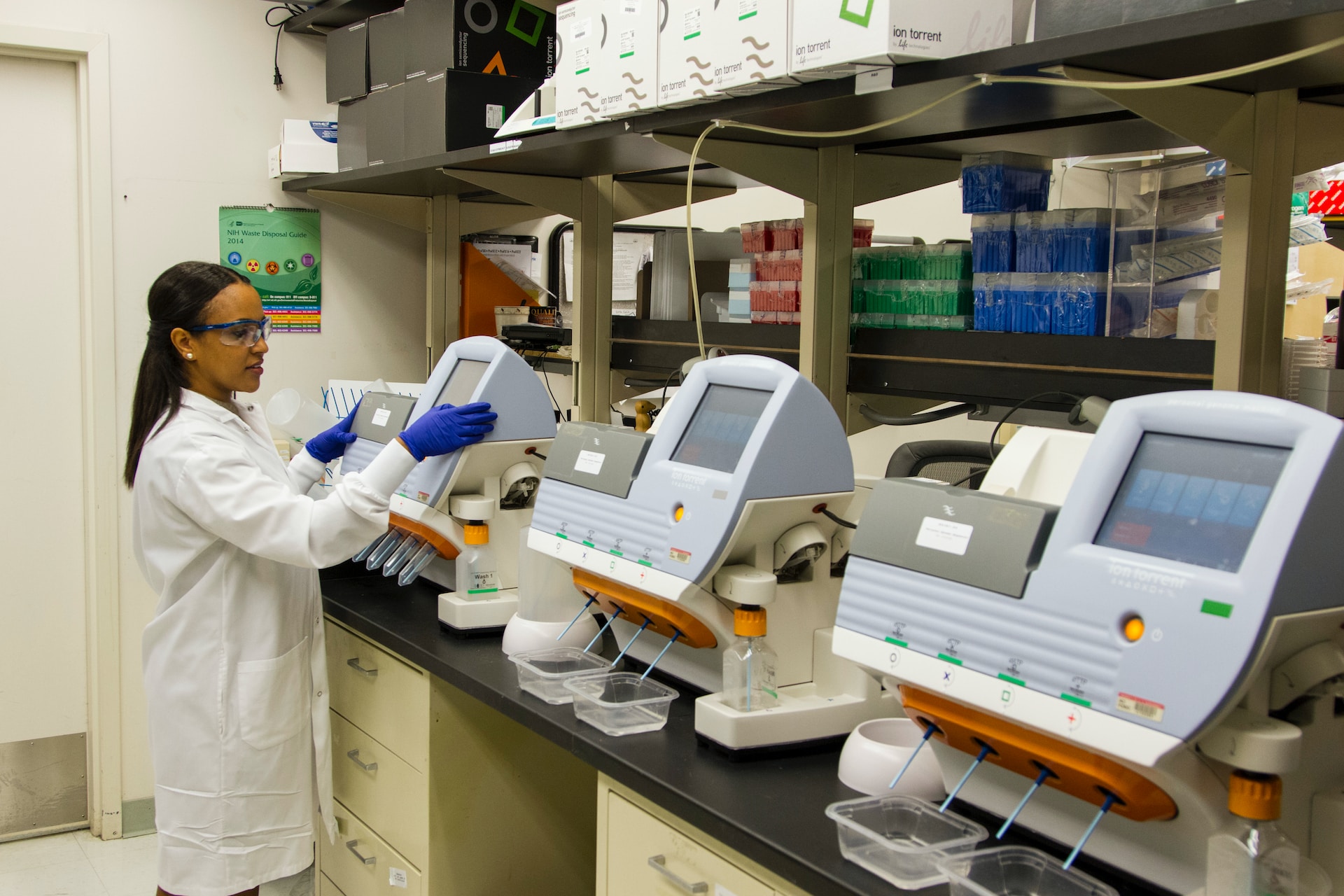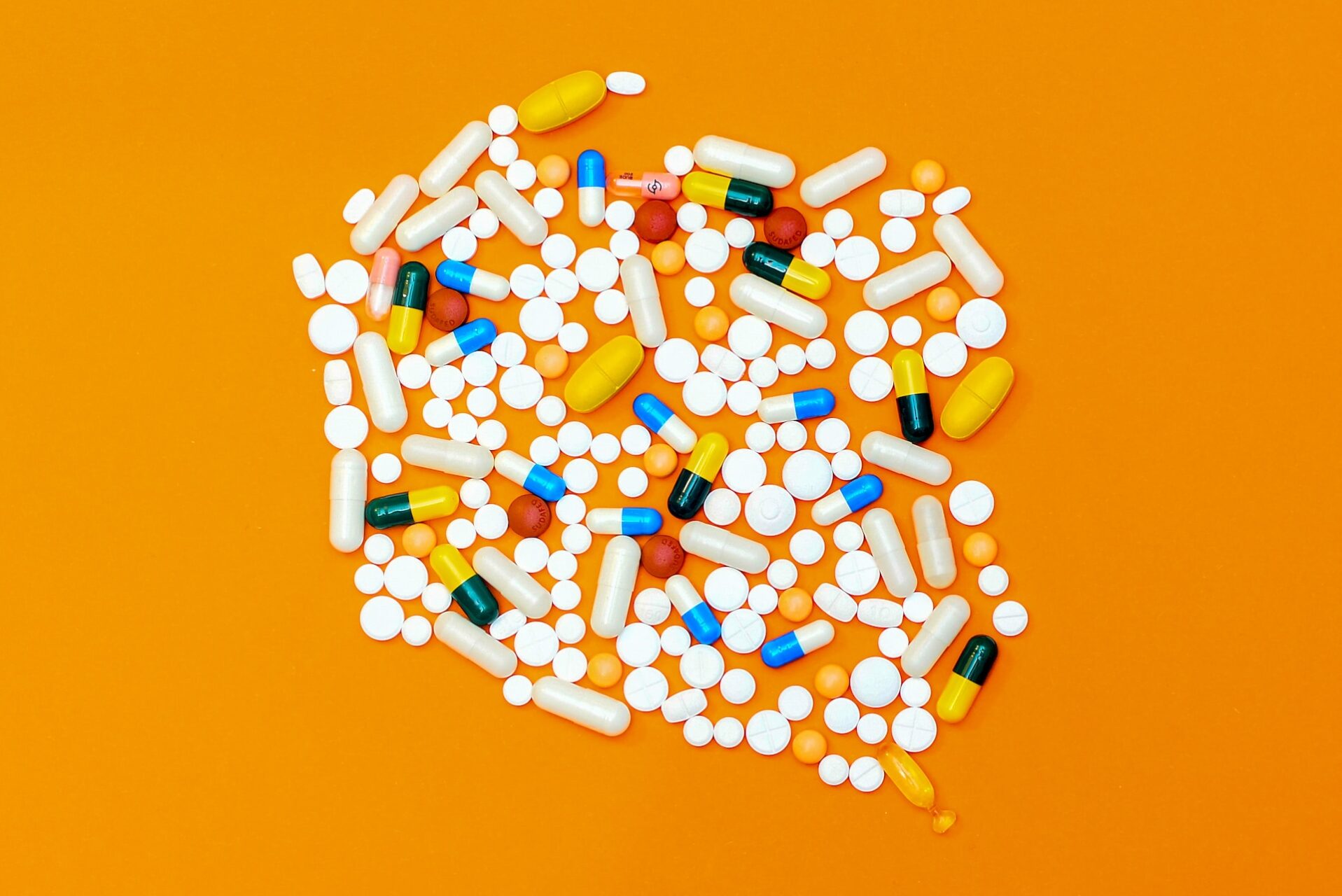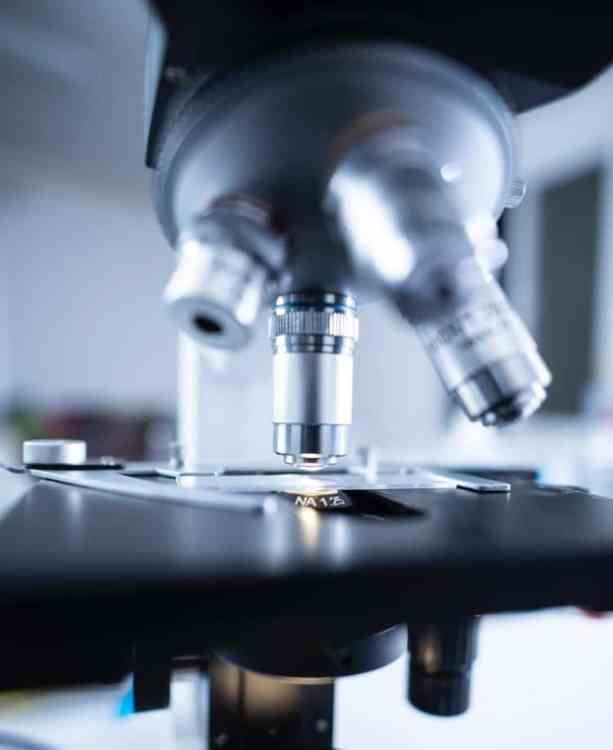
Biotechnology Gets a Boost From Big Data
October 1, 2019 - Emily Newton
Revolutionized is reader-supported. When you buy through links on our site, we may earn an affiliate commision. Learn more here.
The biotechnology field has fascinated us for decades, but it’s just in the past few years that technology has progressed to the point that it is allowing researchers to make advances in leaps and bounds we never could have imagined before. Big data and its partner in crime, predictive analytics, have created the best tools the biotechnology industry has seen in years. How is big data changing biotechnology as we know it?
First, a Question: What Is Big Data?
Big data has become very popular in the past few years. In essence, it is all of the data that is collected for a specific topic or theme. For a doctor’s office, it might be all of the data collected from patients, including demographics and test results. For a business, the data might consist of customer information and sales trends. This data is often unstructured, making it hard to make sense of for the individual user. That is where predictive analytics comes in.
Predictive analytics uses algorithms to sift through the unstructured data to:
- Predict trends
- Find patterns
- Come to conclusions that might have otherwise been missed
It requires massive amounts of computing power, but it can complete in minutes or days what might take a human being months or years to discover. How does this benefit biotechnology?
Collaboration Is the Key
Researchers collect so much data every single day, it can be hard to know where to start. That is why the collaboration between big data scientists and biotechnology researchers is so vital to the field of biotechnology. New storage systems and predictive algorithms are being created to help researchers make sense of the plethora of data they collect during their experiments and trials.
Genomics, or the study of genetics, is one of the biggest facets of the industry that is beginning to utilize big data, simply because of the sheer amount of data collected. The research collected thus far by sequencing the human genome takes up about 25 petabytes.
If stored on 4GB DVDs, it would create a stack more than half a mile high. We quite literally have created more data than we know what to do with, and it’s only going to grow. Researchers predict in less than 10 years, the field of genomics could produce between 2 and 40 exabytes of data every single year.
For perspective, an exabyte is 1,000 petabytes. YouTube, the biggest producer of internet data to date, currently creates about 100 petabytes of data per year.
Benefits Beyond Biotechnology
Sequencing the human genome is just one piece of the puzzle, but it’s easily the most important piece. It’s that last corner piece you need to finish the edges so you can start putting the middle part of the puzzle together — even if you don’t start with the edge pieces, just go with the metaphor, okay?
By pairing biotechnology with big data and machine learning algorithms, researchers could potentially change the world. The movement toward this type of discovery has already started, with a group of researchers utilizing machine learning to find a solution to the growing problem of antibiotic-resistant bacteria:
- According to the CDC, infections caused by antibiotic resistant bacteria kill upwards of 23,000 people per year.
- By using big data, researchers pull pieces of the puzzle from thousands of different data sets, creating a much broader pool of information and increasing their chances of making a breakthrough.
This is just the tip of the big data iceberg when it comes to biotechnology. It also has applications in drug discovery and healthcare options, such as allowing clinical trials to target specific demographics or genomic markers for trial participants. Imagine, as a researcher, being able to reach out to specific individuals for a new drug or treatment, rather than just pulling from an available pool of volunteers who may or may not have the genetic markers you’re looking for.
This same information could be used to predict trends in things such as drug side effect or disease proliferation. We’ve barely scratched the surface.
What Does The Future Hold?
There is so much information out there right now, but much of it is restricted to private or non-networked servers, all in the name of proprietary information. The use of big data will allow researchers across the country and around the world to collaborate to create breakthroughs that could potentially benefit all of mankind. We’ve got more data than we know what to do with.
As more data surfaces, we may find we are restricted by the technology available at the time. This is another benefit, as it encourages technology companies to innovate faster and create new and more effective ways to process the data that could change the world.
Are there negatives to this implementation of big data in the biotechnology industry? Of course, as there are always risks when you’re dealing with networked systems, but the sheer number of benefits this collaboration creates vastly outweighs the risks.
Overall, this joining of big data and biotechnology has the potential to change the world. The real question now is whether or not the hardware can keep up with the data!
Revolutionized is reader-supported. When you buy through links on our site, we may earn an affiliate commision. Learn more here.
Author
Emily Newton
Emily Newton is a technology and industrial journalist and the Editor in Chief of Revolutionized. She manages the sites publishing schedule, SEO optimization and content strategy. Emily enjoys writing and researching articles about how technology is changing every industry. When she isn't working, Emily enjoys playing video games or curling up with a good book.
